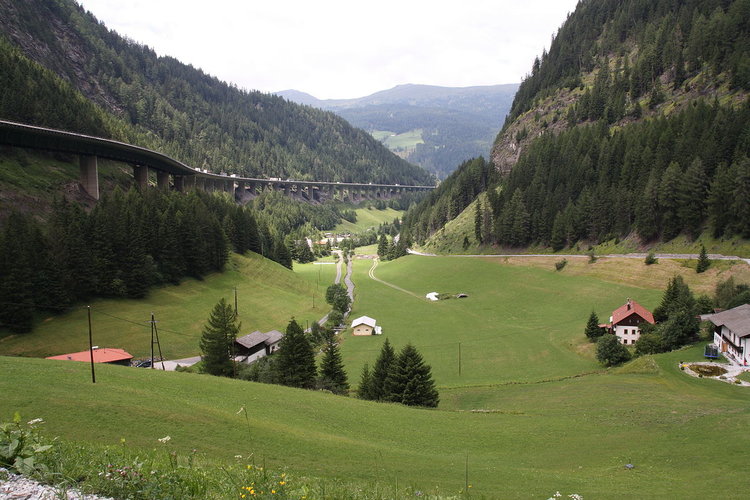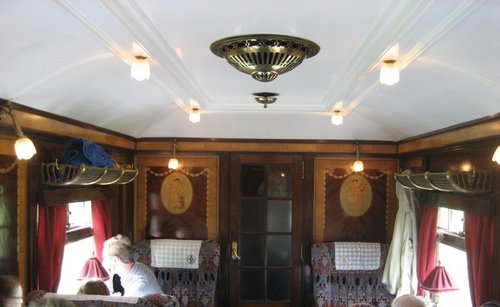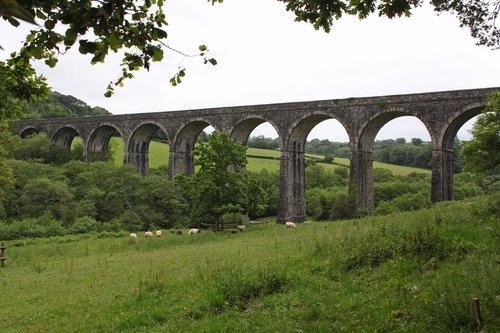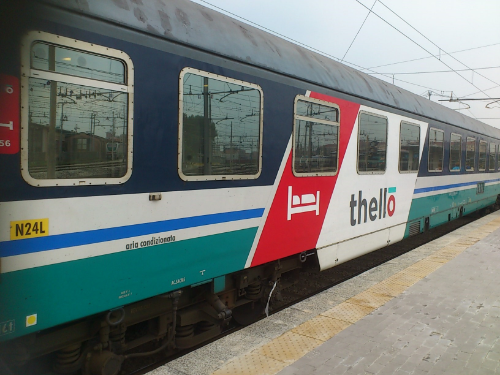The London Underground as a guide to happiness
It was in a lull in a long meeting recently that I realised that I was musing on the symbolic significance of the Northern Line. This is where, after twenty-one miles of tunnel, the Tube emerges into daylight: much as a travailing soul find illumination after the long darkness… This blog is intended to appeal … Read more






